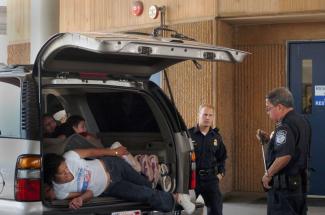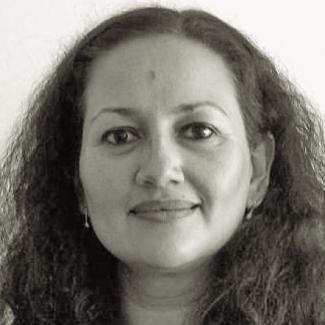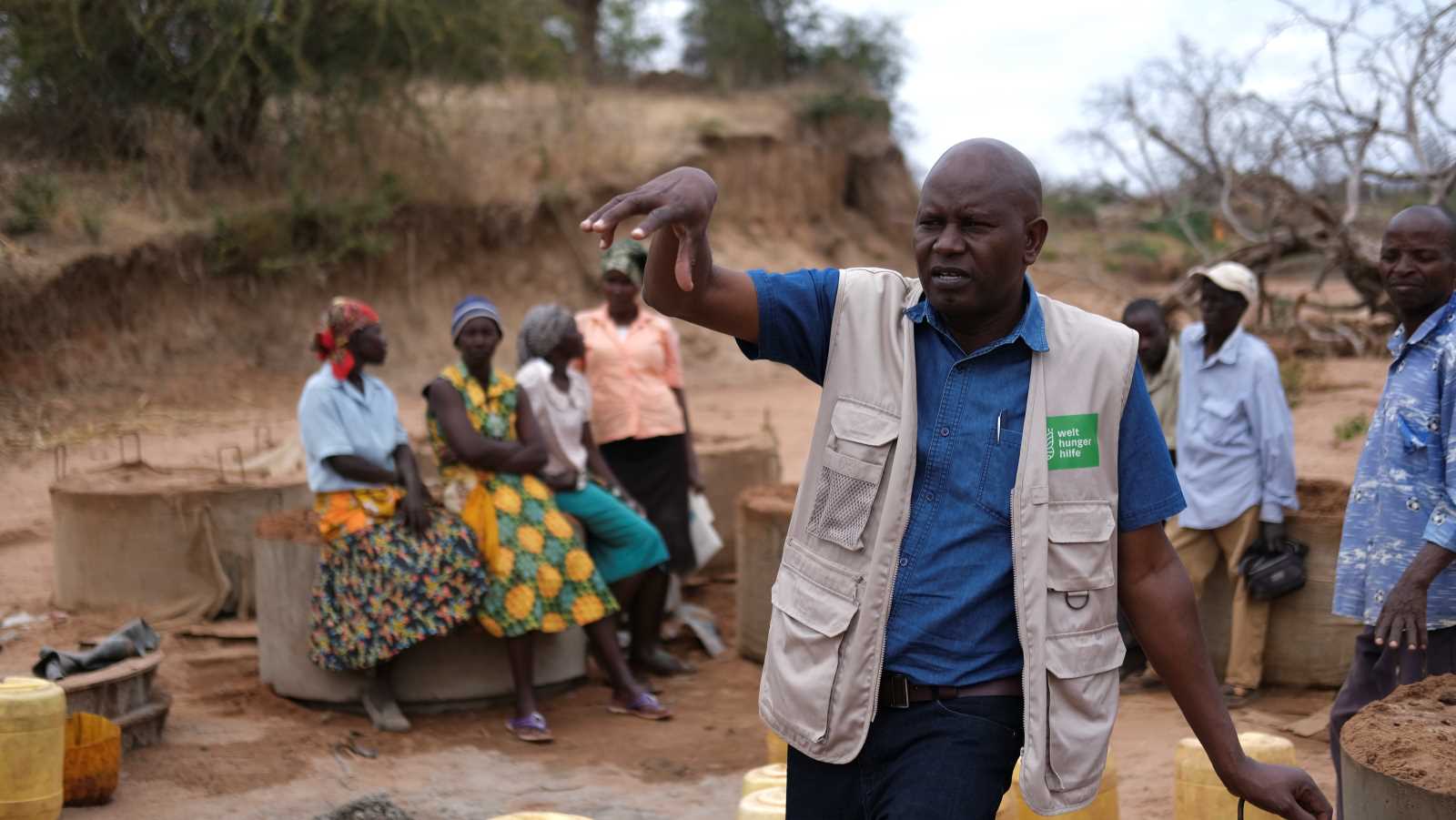Immigration to the United States
A journey fraught with danger

For Mexican and Central American people, who have no money and no papers in Mexico or Central America, being smuggled into the United States often seems to be the only way to escape poverty and violent conflict. Many try their luck and offer “coyotes” – people traffickers – large amounts of money to take them to the supposed paradise. In many cases, they spend their entire life savings.
According to Oxfam, around 65 % of the Latin Americans who live in the USA are from Mexico, but less than a quarter of them have US citizenship. The migrants are mostly from poor rural regions where levels of education are low. Wages in the US are up to eight times higher than in Mexico.
The Mexican state profits from migrants’ remittances to their families. The Banco de México estimates that remittances account for about 1.8 % of annual gross domestic product (GDP). But the US benefits too. According to the 2013 Yearbook of Migration and Remittances published in Mexico by BVVA Bank and CONAPO, government agency, Mexican workers without residence permits generate around four percent of the USA’s GDP.
A century of migration
Immigration to the United States from Mexico has a long history, and US policy has often been contradictory. On the one hand, the USA comfortably relies on the constant supply of cheap workers who are not entitled to any social-protection benefits. On the other hand, policy makers want to be considered protectors of jobs for US citizens, so they take a tough stance on immigration. The Mexican government, for its part, has so far proved unable to improve living conditions. Many people still feel the need to go abroad in hope of finding the prosperity they desire.
In the 1920s, North American farmers led a recruitment drive targeting workers in Mexico. The employment conditions were not good. Workers’ had to pay for the expenses of being brought in from Mexico, and they were not allowed to leave the United States until that debt was paid off.
Demand for foreign labour lessened somewhat over the next decade, but it picked when the US economy grew fast after World War II and prospered. Once again, the USA adopted contradictory policies. The “Bracero” programme was launched to supply farmers in the USA with temporary Mexican workers, but the border was placed under increasingly tight military control. This trend of sealing off the border is still evident today.
In the mid-1960s, Mexican labour ceased to be indispensable for the North American economy, but a mutual pattern had been established and Mexican immigrants continued to be employed north of the border. The flow of migrants only slowed down in one single year, 2009, in response to the great recession in the course of the global financial crisis. Many Mexicans who lived in the US found themselves forced to turn home.
On the other hand, brutal fighting between drug gangs and security forces has haunted Mexico in recent years. Several ten thousands of people have been killed, and masses were forced to leave their homes. As “mara” gang violence is rife in Central America too, many people there long for a safer place to live as well.
Indeed, the number of Central Americans who try to get to the USA through Mexico is high. Their journeys are fraught with danger and certainly no pleasure trips.
Perilous journey through Mexico
Figures published by Mexico’s National Migration Institute show that the number of Central Americans transiting Mexico peaked in 2005 and 2006, then decreased and stabilised in the years through to 2010, when 140 thousand of these “events” were counted. The main countries of origin are Guatemala, Honduras and El Salvador. Although more than 90 % of the migrants are adults, the number of minors has also risen in recent years. In many cases, they are youngsters who want to flee from violence and a life with no prospects. Most of them travel alone.
One of the risks they run in Mexico is encountering abuse by and corruption of officials. According to the magazine Letras Libres, Central American as well as Mexican migrants all too often become victims of unlawful detention, robbery and extortion. There are links to rampant corruption. In the United States, the most frequently reported human-rights violations are unlawful detention, isolation, beatings and insults, many of which probably have a racist background.
However, offences committed by officials on both sides of the borders are not the only risk refugees face. On the contrary, many are completely at the mercy of criminals, especially in places like Guerrero, Michoacán, Veracruz and Estado de México.
Alejandro Solalinde, a Catholic priest who campaigns for migrants’ rights and runs a migrant hostel called “Hermanos en el camino” in Oaxaca State, is appalled by such criminal violence. However, he also fiercely criticises the Mexican government for persecuting and mistreating Central-American migrants. He points out that an unknown number of people have disappeared or been abducted by drug cartels and expresses anger because of such crimes.
Many other civil-society groups in Mexico similarly work to help Central-American migrants. One notable example is Las Patronas, a group of housewives in the state of Veracruz. They established their organisation to help people travelling on the notorious freight train known as “La bestia” (The Beast). Despite not exactly being well-off themselves, they cook meals and hand them out to exhausted travelling migrants. They have been doing so for years without financial support. They consider what they do their Christian duty.
National security policy
On both sides of the US-Mexican border, migration policies have so far been confined to sealing borders and strengthening military presence, supposedly for the sake of national security. But there is no sign of things improving. Living conditions in Mexico are not getting better, and the desperation that prompts so many people to migrate is still rife.
The Mexican government’s main concern seems to be that the flow of remittances from the USA might dry up. At any rate, much-vaunted economic reforms introduced by President Enrique Peña Nieto after taking office in 2012 have not borne fruit. Disposable incomes seem to keep shrinking, the middle class is increasingly impoverished, and the agricultural sector is being neglected completely. The distribution of wealth is strikingly unequal. Violence due to organised crime is ever-present and causes fear.
The dream of a better life in the United States is fuelled even more by the media. Compared to life in Mexico, the images presented in movies, TV series and music videos have an almost irresistible allure, and that impact is not much different in Central America.
Virginia Mercado is a scholar at the Universidad Autónoma del Estado de México and a lecturer in peace and development studies.
virmercado@yahoo.com.mx












